Apple's investment and patience may be rewarded soon, as a long-time rumored second supplier of OLED screens appears to be finally ramping up production, perhaps in time for the fall iPhone lineup.
Citing sources familiar with the matter, a report on Thursday morning claims that LG Display will be delivering between 2 million and 4 million OLED panels to Apple for use in a future iPhone. If accurate, this would start to put a dent in Samsung's supply dominance of the panel for Apple, giving the iPhone producer an option for the future — assuming LG can ramp up supply sufficiently.
"Securing a second supplier for OLED screens is crucial for Apple as it will allow the company to reduce its reliance on Samsung, which is currently the sole supplier," said Jerry Kang, a senior principal analyst at IHS Markit told the South China Morning Post. "At the same time, it will help accelerate a broad adoption of OLED screens. More suppliers means more volume, and in turn, lower pricing."
If the numbers are correct, and the delivered panels are intended for this year, only a handful of 2018 iPhones will have an LG-supplied screen. The panels may be held back for a future device, when enough of them are accumulated.
In January, LG was expected to ship between 15 to 16 million OLED panels in the second half of 2018. That contrasts sharply with iPhone X panel supplier Samsung Display, which is thought to be churning out nearly 10 million units per month.
"Regarding the OLED supply deal for Apple's iPhone X, nothing has been set in detail," LG wrote in a regulatory filing in December 2017. "When anything is confirmed in detail, we will announce it, or [otherwise an announcement will be made] in a month."
Earlier in July 2017, it was rumored that Apple pumped $2.7 billion into LG as an advance payment for OLED panels. At the time it was thought that the order was for panels shipping in calendar year 2019, but it could be that the terms — and LG's ability to deliver — have evolved.
At present, Samsung is the exclusive supplier of OLED panels for the iPhone X, being the only firm with enough production capacity to meet Apple demands. Samsung has been using OLED panels it makes on its phones for years, including curved ones on devices like the Galaxy S8.
The three iPhone models currently speculated to arrive this fall include two models with OLED screens measuring 6.5 inches and 5.8 inches, while a third is equipped with a 6.1-inch TFT LCD. Most sources now claim that all three will have the TrueDepth camera array and use Face ID, but the LCD model will be singled out as a cost-effective model while the OLED versions will have more premium pricing and specifications.
Two report sources claim that, in order to avoid any manufacturing delays that allegedly occurred during the initial production of the iPhone X, suppliers were informed by Apple to prepare for the two OLED models earlier than "normal" in 2018. Increased preparation ahead of production could fend off component shortages and quality control issues that were said to have caused last year's manufacturing problems.
Foxconn will continue to be the main iPhone assembler this year, with it said to handle all 5.8-inch OLED units and 80 to 90 percent of the 6.5-inch OLED version, as well as 30 percent of LCD model orders. Pegatron is identified as taking 60 percent of the LCD orders and between 10 and 15 percent of the 6.5-inch OLED model orders, while Wistron makes up the remainder.
The LCD model is expected to cost between $600 and $700, with the so-called "iPhone X Plus" again hitting $1000 and up.
 Mike Wuerthele
Mike Wuerthele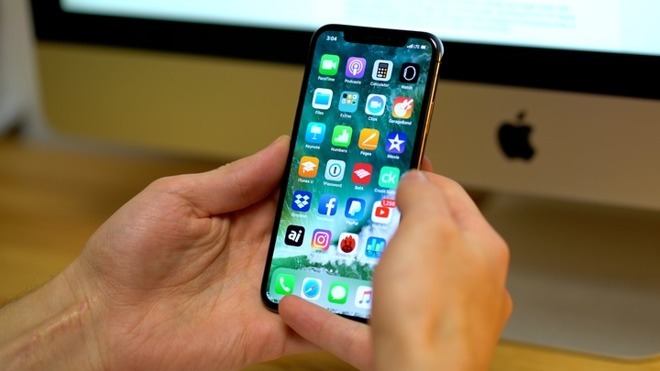
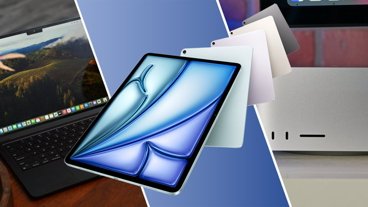


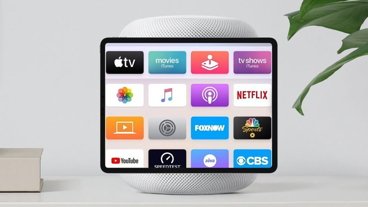
-m.jpg)


-m.jpg)





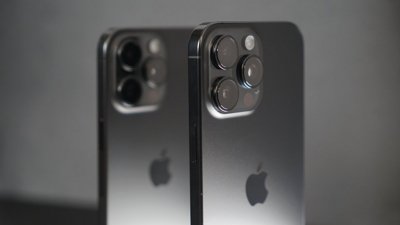
 William Gallagher
William Gallagher
 Christine McKee
Christine McKee
 Chip Loder
Chip Loder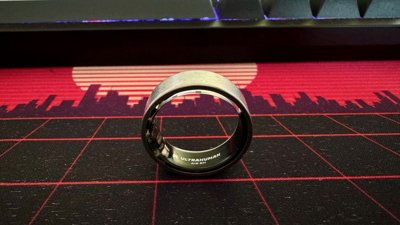
 Oliver Haslam
Oliver Haslam
 Malcolm Owen
Malcolm Owen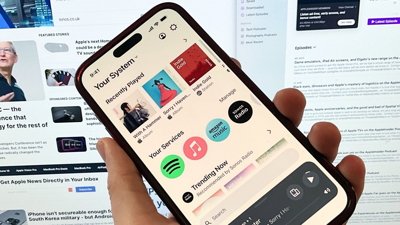

 Amber Neely
Amber Neely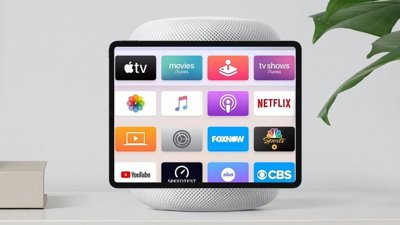
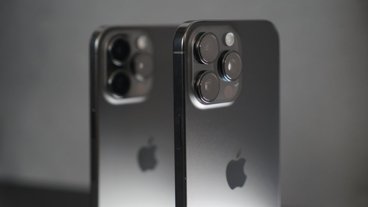
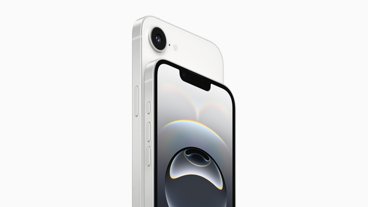



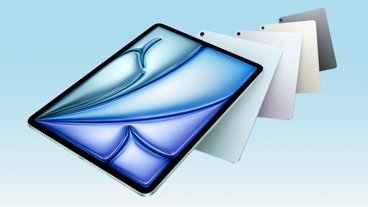



30 Comments
I wonder if the panel will be sub-par to Samsung, much like the 2012 LG panels in the mid-2012 MacBook retina.
My concern involves the fact that so far, LG’s displays are really subpar. From what we’ve seen with Google’s phone which uses them, and LG’s own phones that use them, these are truly terrible displays.
i would rather Samsung continue overcharging Apple for OLEDs that use Apple’s technology, as the current display is, than Apple having more controversy as to which phone you get, because of the display used. This wouldn’t be the first time that Apple used more than one display vendor where one display was better than the other. Apple really doesn’t need that nonsense right now.
Apple is not going to invest $2.7 billion in LG if they weren't sure of the quality of the displays. If tests proved that LG was capable of producing displays that matched those of Samsung, then all that money Apple invested would go to getting the manufacturing equipment needed to get production up to scale. Which is the most likely scenario.
Personally I think the LCD panels discussed above are not for an iPhone X style device, but rather the iPhone 9, which will be similar in design to the iPhone 8, that will still have top and bottom bezels, but will be made much thinner by removing Touch ID from the bottom bezel and incorporating the TrueDepth camera in the top bezel. And that the "iPhone 9" will actually come in three sizes; mini, normal, and Plus. The iPhone X will remain the same (with the addition of a Plus size), but of course internal components will be upgraded, including a new TrueDepth 2 sensor array.
The iPhone 8, 7 and SE will be retired and the 6s and 6s Plus will remain as the "affordable" model (and maybe even rebranded as the new SE, with a slight SoC upgrade to the A10).
Apple does not like to give money to Samsung because Samsung copies everything that Apple ever does. Instead, it prefers to give money to LG because LG is not a real competitor to Apple. Smart!